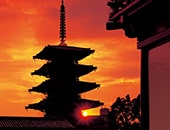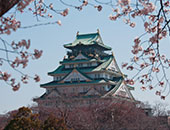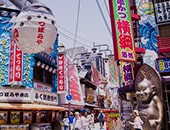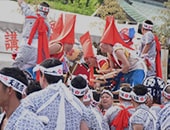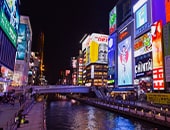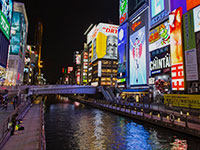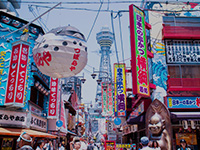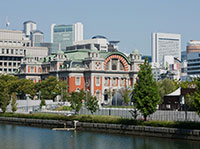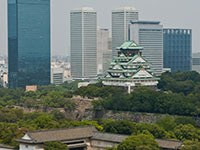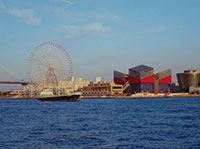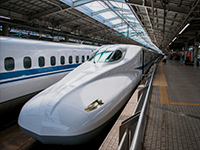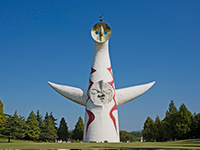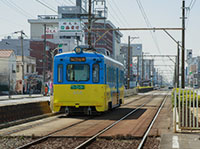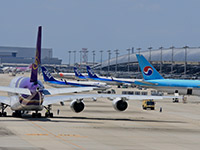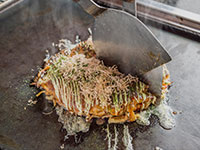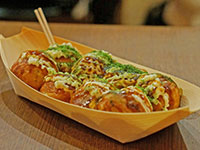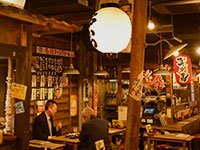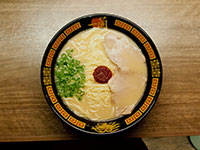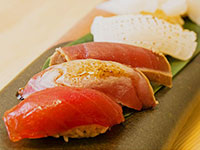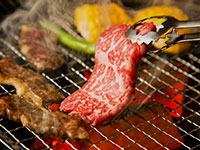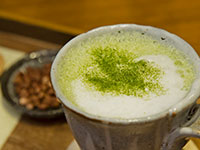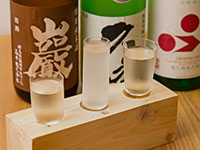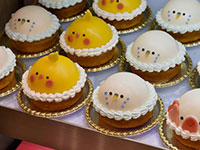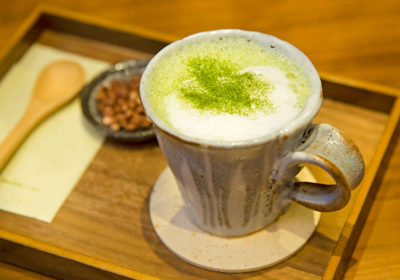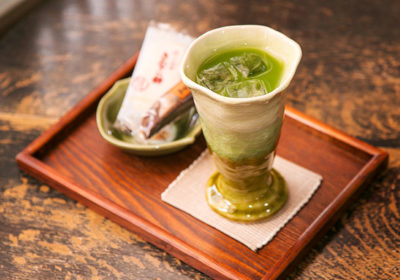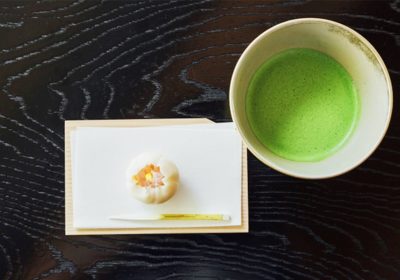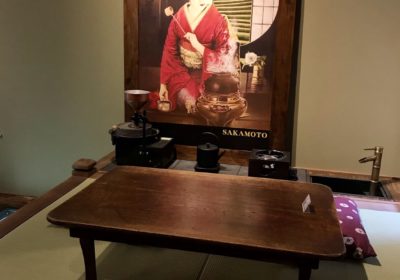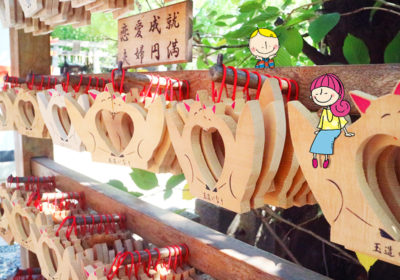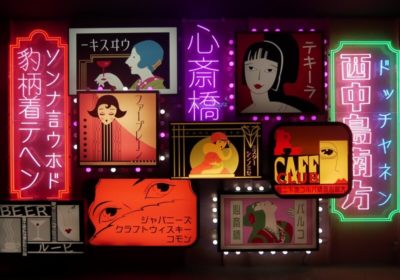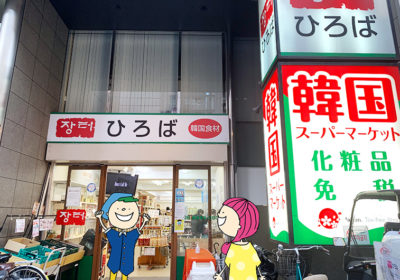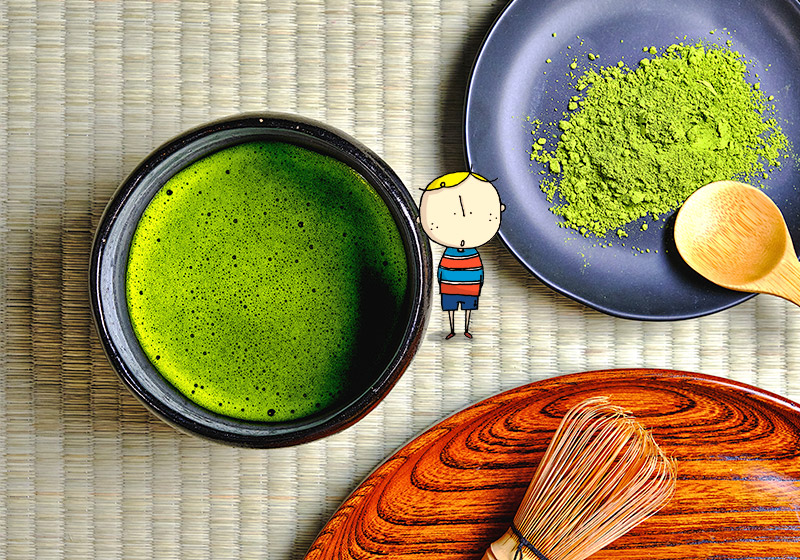

Osaka Bob FAMILY
Let’s talk tea! And let’s talk history!
Think of Japanese culture for a moment. Likely, you’re imagining the tea ceremony, one of the most easily identifiable aspects of Japanese culture. But how much do you really know about it? And what do you know about the tea ceremony and its origins? Let’s take a quick look at the ceremony in general and the great tea master from Osaka, Sen no Rikyū.
[In this article]
- How difficult is the tea ceremony? What manners should you follow?
- When did tea ceremonies first start?
- Who is Sen no Rikyū
- What is so different about Japanese tea?
■How difficult is the tea ceremony? What manners should you follow?
The tea ceremony (sado also chado) is often considered a very formal affair with a strict set of rules that must be followed. But like most things, when you learn the meaning behind the rituals and customs, it begins to make sense and can open up a whole new world of understanding.
Here are a few common questions about the ceremony and my best attempt at explaining the answers.
・Why do you rotate the tea bowl before drinking?
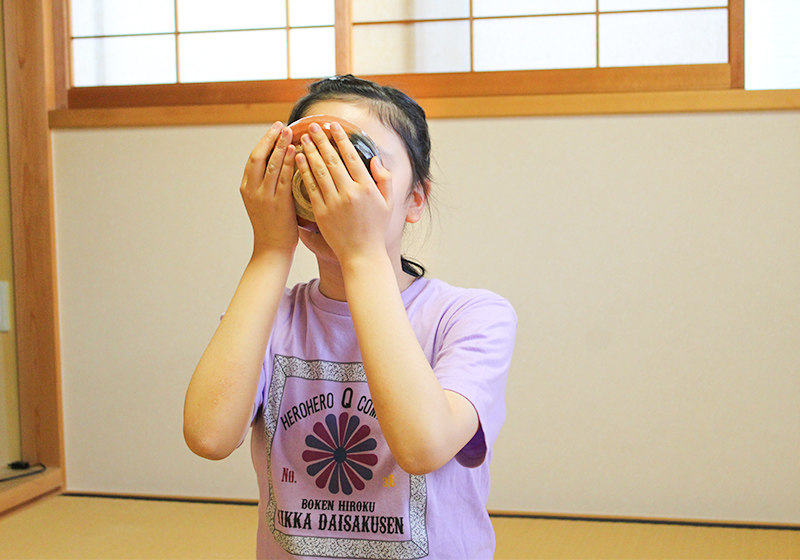
Each tea bowl has a front, usually decorated with a picture, but sometimes not. Regardless, it has a front. The bowl will be placed in front of tea ceremony guests with the front facing towards them.
To boldly drink directly from the bowl’s face is a sign of rudeness. Guests show restraint and good manners by slightly rotating the face to one side before drinking. If you’re thinking “Oh, but I want to enjoy the beauty of the picture while I drink”, don’t worry, there is time for that later in the ceremony. In the beginning, you should concentrate on enjoying the flavor of the tea.
・Why do guests crouch down while looking at the tea bowl?
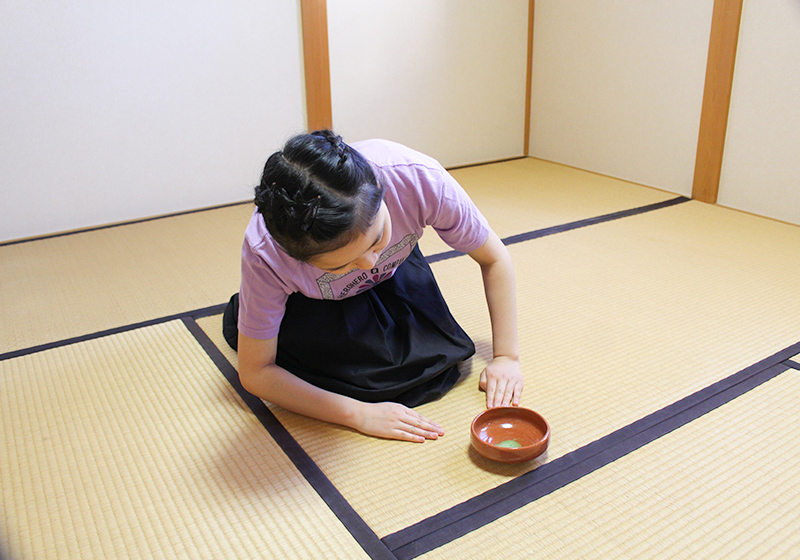
This is the posture you should have while admiring the tea bowl, with the bowl placed directly on the tatami floor. Here is your chance to take in the beauty of the bowl, as I mentioned above. It is important to understand that some of the pottery used in the tea ceremony can be very old and very valuable. You do not want to drop the bowl, so viewing it in this manner is the safest bet for you and the pottery. Plus, it’s polite.
・Do I need to remove my watch and accessories?
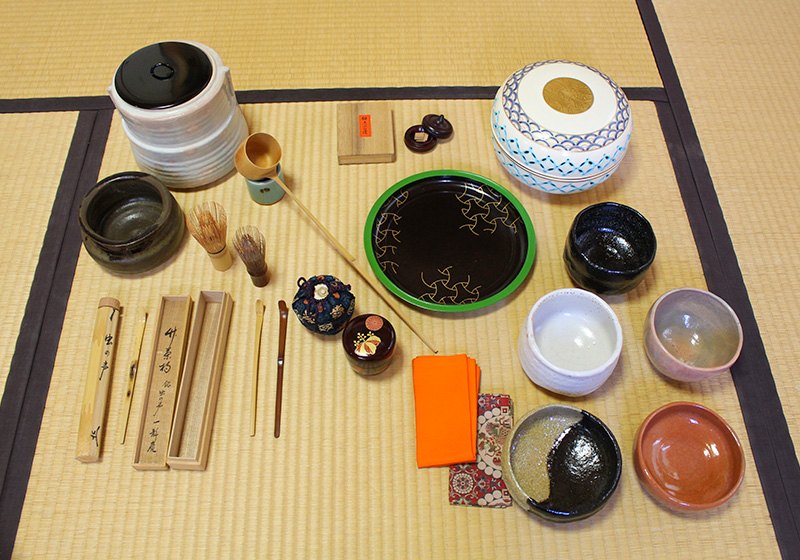
Actually, yes. The tea master takes great care in selecting implements and tools for each ceremony to match the seasons and weather. The garden in view will be well-cared for and the tearoom will be decorated with seasonal flowers and art. As great care is taken by the tea master, it’s important to reciprocate the gesture and show respect for the tea implements by ensuring you do not accidentally chip or scratch them with jewelry. It would also be rude to constantly check your wristwatch during the ceremony, as you should be immersed in the experience. It is polite to remove accessories and watches before entering the tearoom.
There are slight differences in tearoom manners among the three major tea ceremony schools, Urasenke, Omotesenke, and Mushakōjisenke. However, the main thing to keep in mind is that each school emphasizes care and thoughtfulness. Be polite and appreciate the unique moments spent together in the tearoom. Rather than worrying about the customs as a set of strict rules, it is much more pleasant to consider them simple demonstrations of kindness and respect.
■When did tea ceremonies first start?
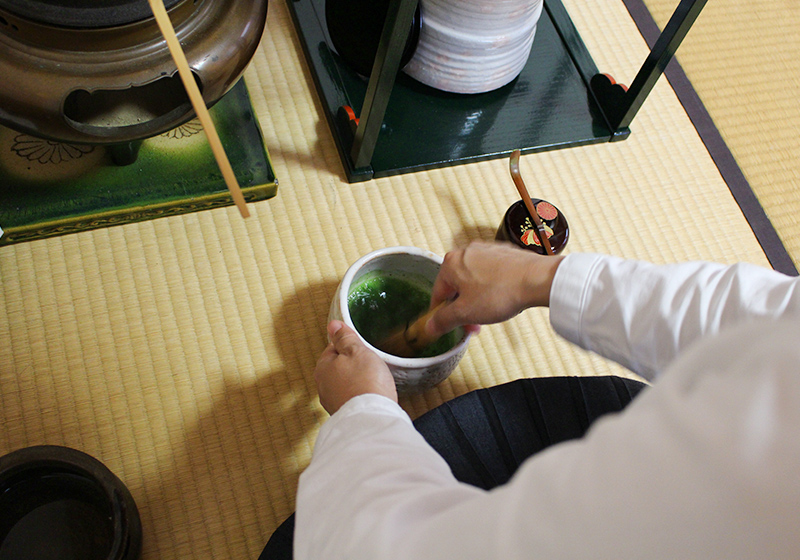
Sen no Rikyū(1522-1591) is considered by many as the first tea master, but he certainly did not create the tea ceremony from scratch.
Tea first appeared in Japan in the eighth century having been imported from China. Buddhist monks Gyōki and Saichō (aka Dengyō Daishi) are credited with introducing tea to Japan. Gyōki was a very influential figure in Japan known for popularizing Buddhism among the masses and helping the poor. Saichō is the founder of the Tendai sect of Buddhism and established the Tendai headquarters at Enryoji on Mt. Hiei. They both played important roles in importing tea and tea-drinking customs from China and planting tea on Japanese soil.
During the Kamakura period (1185-1333), Eisai, another monk. who after traveling to China introduced new tea cultivation and production practices to Japan. Legend says that Eisai managed to cure the third Shōgun, Sanetomo, who was suffering from a hangover by serving him tea. The Shōgun then famously praised the medicinal properties of green tea.
Eisai later wrote “How to Stay Healthy by Drinking Tea” (Kissa Yojoki), which is considered the first specialized text written about tea in Japan.
In the early days of tea, it was primarily used for its medicinal properties and was only consumed by members of the elite social classes (e.g. the Shōgun). Later, during the Muromachi period (1336-1573), it became custom to drink tea using expensive imported Chinese tea ware. And tea-tasting contests were held to see who could determine the growing region of the tea leaves.
However, a new aesthetic created by Murata Jukō took hold, known for its rustic simplicity and use of Japanese bowls and instruments. This was the beginning of the wabi-cha style tea ceremony that we see today. It emphasizes spirituality and takes place in cozy relaxing tearooms.
Takeno Jōō continued the wabi-cha tradition and taught it to his pupil Sen no Rikyu, which brings us to this very famous tea master.
■Who was Sen no Rikyū?
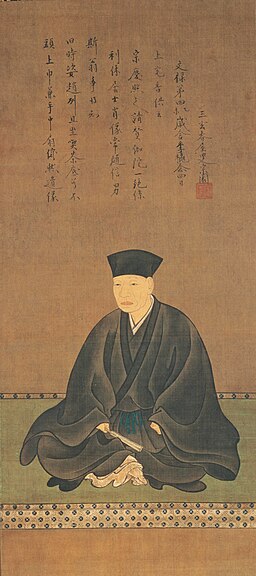
painted by 長谷川等伯, calligraphy by 春屋宗園, Public domain, via Wikimedia Commons
Anyone familiar with Japanese history will know the stories of Japan’s great unifiers Oda Nobunaga and Toyotomi Hideyoshi. You may also know that they employed the same tea master–Sen no Rikyū. Here’s a brief look at this important historical figure and his background.
Profile:
【Born】1522
【Hometown】Sakai (present-day Osaka Prefecture)
【Name at birth】Tanaka Yoshiro
【Height】180 cm (by some accounts)
【Family business】Fish warehouse
In researching this, I have to admit that I was a bit surprised to learn that he had such a common Japanese surname, was quite tall, and came from a family involved in the seafood trade. His hometown of Sakai was a major port city at the time and his family would have been very wealthy. He was expected to inherit the family business and thus began training under Takeno Jōō and began his studies of tea.
Sen no Rikyū made so many important contributions to the tea ceremony and culture surrounding it. He was known for using simple instruments that were specially crafted for him and emphasized the beauty of objects, not only in how they appeal to your eyes, but also your heart. He embraced the beauty of imperfection (wabi) and encouraged etiquette regarding the “ichi go ichi e” concept (the idea that every meeting is once-in-a-lifetime and should be cherished as such). Sen no Rikyū incorporated elements of the arts, crafts, literature, religion, culinary arts, and folkways into what became the tea ceremony as we know it today.
■What’s so different about Japanese tea
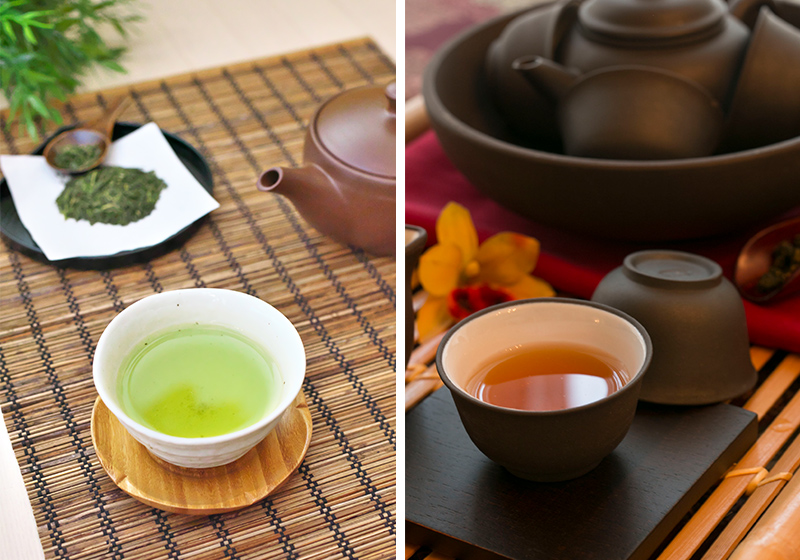
Inspired by the teachings of Sen no Rikyū, the various Senke schools of tea ceremony continued through the Edo period (1603-1867) to this day. New types of tea are always introduced to the Japanese market. Currently, the most well-known and popular kinds of domestically grown tea are sencha (medium-grade green leaf tea) and the very high quality gyokuro, which is carefully cultivated to reduce astringent flavors.
Unlike trends from overseas, think bubble tea or iced tea served with lemon and sugar, Japanese green tea is always consumed without additional sweeteners. (Yes, you can find sweetened green tea overseas, but you will not find it in Japan.) The fresh green flavors of Japanese green tea–while slightly bitter or extremely bitter depending on how it is prepared–are the reason people love it. Like good wine, higher quality tea is less astringent and has a fuller flavor profile. The bitterness may be complimented with Japanese sweets, but adding sugar directly to the tea will overpower the delicate flavors.
In order to grow delicious tea, certain climactic factors have to be met. An average yearly temperature of approximately 14°–16°C (57°–60°F), and annual rainfall of 1500mm (60in) are ideal conditions for the plant. Here in Kansai, and perhaps in the rest of Japan as well, Uji is the most well-known tea-producing region. So much so, that it has become a sort of brand name in the tea world, all thanks to our ancestors who worked tirelessly to create this wonderfully flavorful drink.
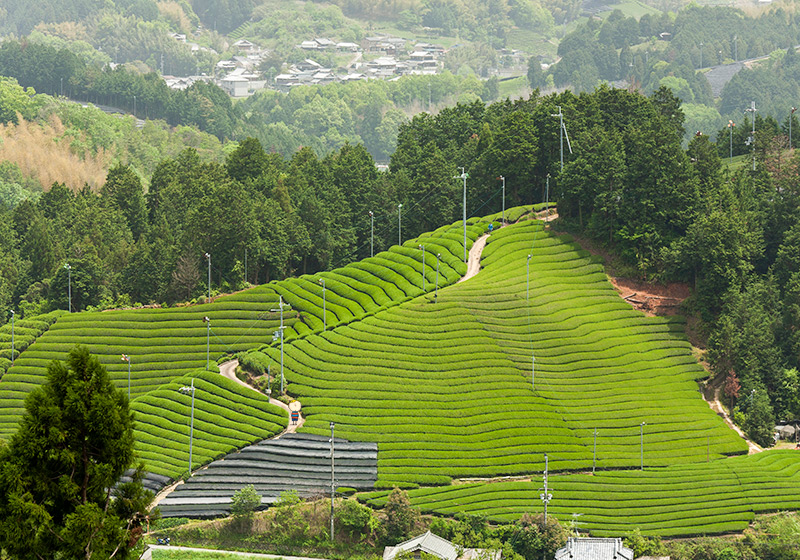
Tea fields in Wazukacho, Kyoto Prefecture
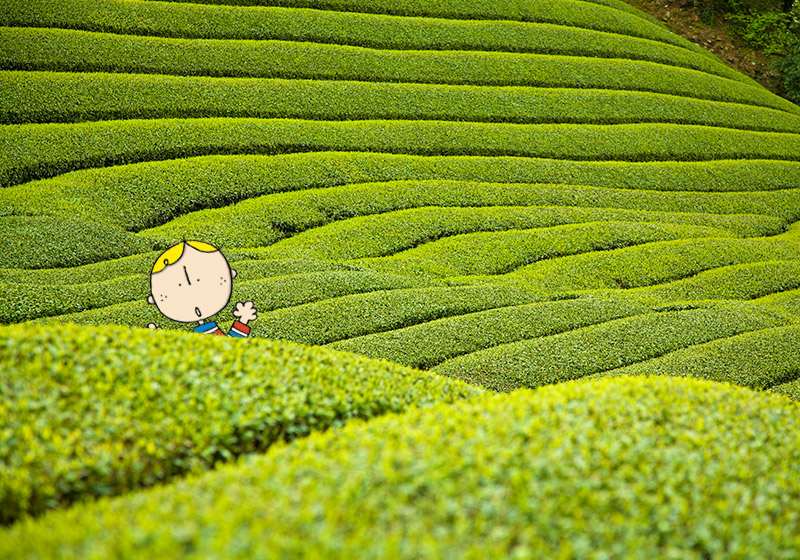
Approximately 40% of Uji’s tea is grown in Wazukacho. Tea bushes cover entire hillsides, a sight for the eyes and a treat for the palate.
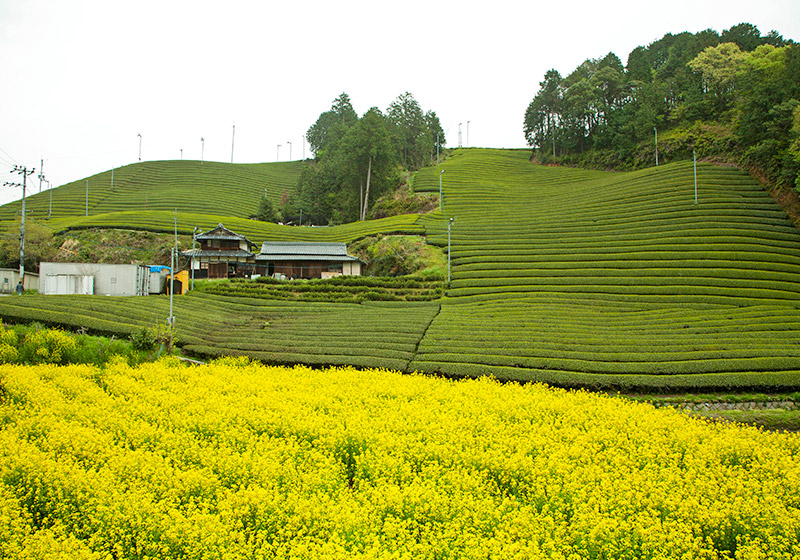

Osaka Bob FAMILY
The contents of this page were current at the time it was posted, but may differ from the present.
Text visible in this map is based on information from Map Tiler and may differ from actual geographical names.

